Directional tires have a tread pattern designed to rotate in only one direction. When you look at such tires head on, the lateral voids and channels on the tread all point forward and down. The channels on both sides of the tread will run like two waterfalls joining from opposite sides, like this: ϒ
Directional tires (also called unidirectional) are better for performance cars — and traveling at high speeds — than tires with symmetrical or asymmetrical tread patterns. The tires channel water away efficiently for excellent hydroplaning resistance and deliver sporty performance on dry surfaces.
But directional tires cannot be easily rotated to as many positions on the vehicle. In order to rotate directionals to opposite sides of a vehicle — not just between front and back on the same side — the tires have to be dismounted from the wheels and remounted before being installed.
For this reason, most drivers end up just switching directional tires from front to back on the same side when they get a rotation. This means the tires will wear less evenly and more quickly, and that’s why you may get less mileage.
Most directional tires have a solid center rib, which adds rigidity for high-speed stability. Also, the lateral channels on the tread pattern all point down in a V-shape. Such designs are used on summer or winter tires.
Here’s a comparison between directional, symmetrical and asymmetrical treads.
The most common tread pattern for passenger cars is symmetric. The left and right tread blocks mirror each other, and the grooves and voids point in multiple directions. Both summer and winter tires use this type of pattern.
Asymmetric treads combine the above two patterns to offer good grip on dry, wet or snowy roads, making the tread type a better choice for all-season use. The inner side of asymmetric tires often features lateral voids like those found in directionals, while the outer side uses larger tread blocks.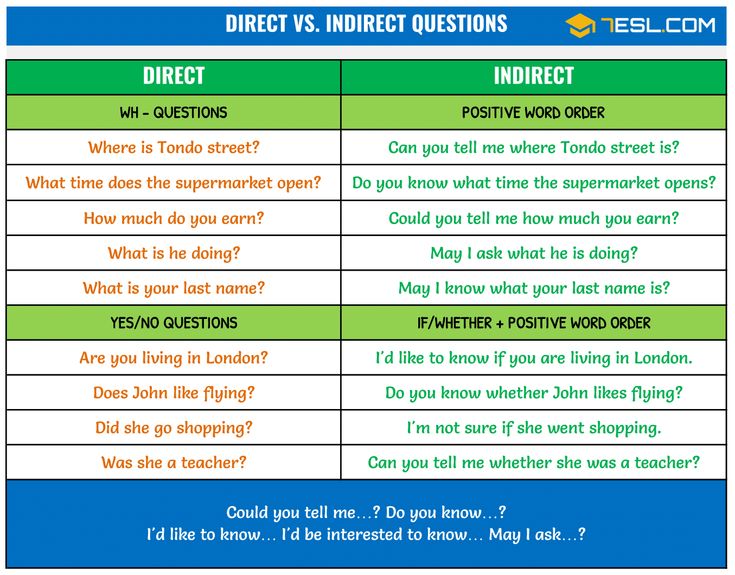
On directional tires, there’s an arrow on the sidewall of the tires — when correctly mounted, the arrow points toward the front of the vehicle. If directional tires get mounted backward, you won’t get the hydroplaning resistance and other performance driving benefits the tread is designed for.
Front and rear tires often wear at different rates. It is recommended to rotate standard tires between front and back and crossways to maximize lifetime mileage.
When you have directional tires, you can only easily swap fronts for rears on the same side of the car. If you want to cross tires to opposite sides, you’ll have to go through the time and expense of having the tires taken off the wheels, flipped, remounted on the wheels and swapped.
Directional tires provide superior handling in wet conditions or dry. The V-shaped tread allows water to be pushed outward as the tire rotates, evacuating water better than a symmetric tire.
The tires handle better at high speeds. Most race and sports cars run with directional tires.
Directionals can also provide better fuel efficiency since they have less rolling resistance. (But if you’re a spirited driver, faster accelerations and speeds may offset these gains.)
The main downside is cost. The rubber compounds used in these high-performance tires mean a premium price point compared to standard passenger car tires.
Also, directionals typically have shorter tread life. It’s not because the tread is less durable, but rather it’s because tire rotations involve extra labor and cost. Many drivers opt to swap front and rear tires on the same side to avoid the hassle.
SHOP TIRES
Tires are one of the most critical parts of a vehicle. Without the tires and, of course, the engine, you can't go anywhere. However, how tires should be mounted can be confusing. For example, are the tires you bought directional or non-directional? And how do you know? We've looked into this to help answer that question.
For example, are the tires you bought directional or non-directional? And how do you know? We've looked into this to help answer that question.
In today's tire market, consumers can purchase either directional (unidirectional) or non-directional (symmetrical or bias ply) tires. In order to tell if your tires are directional or non-directional, look at the sidewall of the tire. If there is an arrow pointing to the vehicle's front, words stating "This Side Out," or V-shaped tread toward the tire's center, these signs indicate directional tires. If you do not observe these signs on your tires, they are more than likely non-directional tires.
With so many types of tires on the market, it is hard to know everything about them. For example, it's hard to know if you should buy all-weather tires or winter tires. Then do you get directional tires or non-directional tires? What does that even mean, and which tires fall in each category? This article will look at these tire types and how to know the difference, so keep reading!
Before you continue reading, let us say we hope you find the links here useful.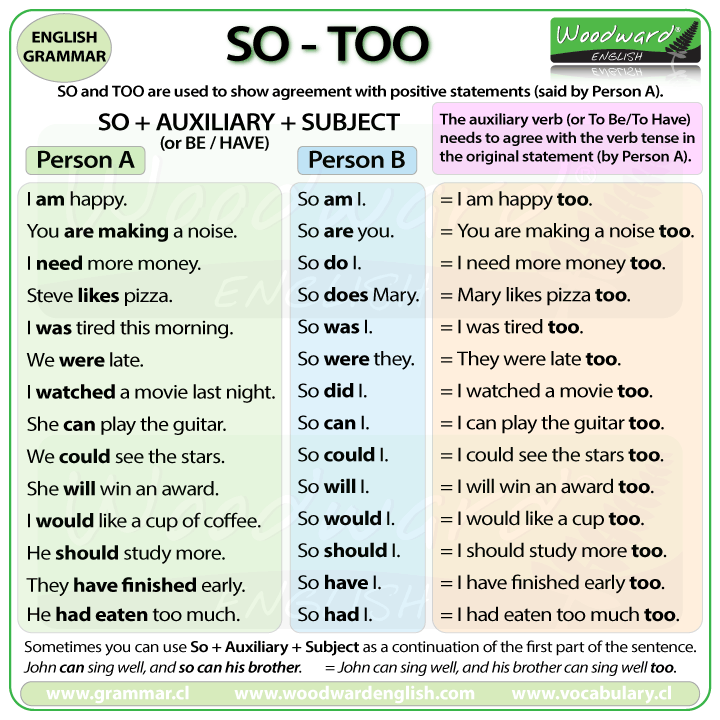 If you purchase something through a link on this page, we may get a commission, so thank you!
If you purchase something through a link on this page, we may get a commission, so thank you!
Directional tires are also known as unidirectional tires. These tires are built with a specific orientation of the tire's sidewall, indicating the direction of travel. This is done by depicting an arrow on the tire pointing in the direction you are traveling. The opposite side has no arrow.
They also may have words reading "This Side Out." In addition, directional tires will have the tread going in one direction in the shape of a "V" forming to the center of the tire. They must always be mounted this way for the tire to give the driver an optimal performance on wet or dry roads.
You can use directional tires for front-wheel, rear-wheel, and 4x4 vehicles because of their asymmetrical design. In addition, you can use them in both summer and winter because they have a high level of grip in both cold and hot temperatures.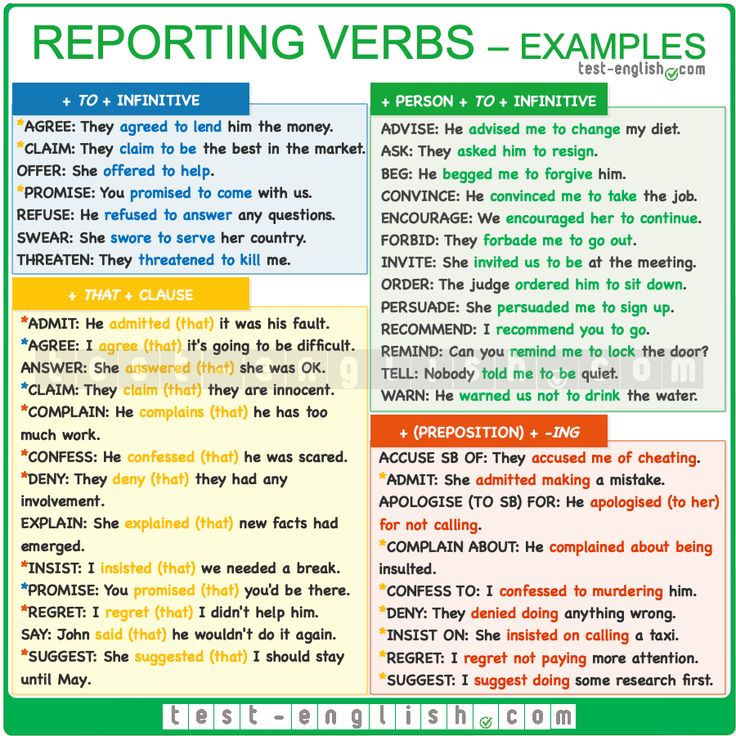 They also will help in wet situations where you have chances of hydroplaning.
They also will help in wet situations where you have chances of hydroplaning.
All-season tires are also known to have directional tread. They are designed to perform well in all weather types, hence the name all-season. It is for this reason that you can use them in both summer and winter.
All-season tires are also built to reduce fuel consumption like directional tires while maintaining reasonable comfort levels over imperfect road surfaces. All-season tires will help you avoid hydroplaing by allowing the water to channel through the tread. In addition, they can do well in moderate icy or slippery conditions. However, even though that most all-season tires are directional they won't give the same amount of traction in the winter conditions as winter tires will.
Winter tires will have more aggressive tread helping in icy and deep snow conditions. Nonetheless, all-season tires with a directional tread are a good choice if you don't want to purchase two different sets of tires.
Non-directional tires are also known as symmetrical or bias ply. These tires have an even number of plies running across the tire from side to side, all with equal angles. The tread design is usually arrow-shaped but can be round or square.
It does not matter which side is up, and they can be mounted either way. Non-directional tires have a longer lifespan than directional ones because of their symmetrical design and thick tread. They are best used on front-wheel drive vehicles, as well as rear-wheel cars with limited-slip differential systems.
The answer to this question is yes, it does matter. Directional tires can only be mounted in a specific way, and the sidewall has a design to guide you. For example, if you look at your tires, you should see text on one side of the tire's sidewall that says "This Side Out."
On the other hand, if there are no words on your tire or no arrow, you should be able to determine that it is a non-directional tire. Non-directional tires can be mounted facing either direction as their tire pattern allows this.
Non-directional tires can be mounted facing either direction as their tire pattern allows this.
A directional tire should only be mounted one way, requiring an arrow to indicate the direction of travel. The opposite side will not have an arrow because this is where the plies are exposed.
However, never mount directional tires upside down if the text is not present facing out. If directional tires aren't put on properly, they won't work correctly. Meaning if you get in bad weather conditions, it could put you in a dangerous situation. This is why it is better to have a professional mount your tires instead of doing it yourself.
If you are still unsure whether your tires are directional, don't hesitate to contact a local tire shop like Tire Rama. They will be more than happy to assist you in any way that they can. You may also check out a tire buying guide for more information on other topics concerning tires.
Alignment involves adjusting your car's suspension to level with the road and pointing in the direction you want it to go. Tire rotation coordinates how your tires wear, so they all get to wear evenly over time. Simply rotating the tires does not alter the vehicle's alignment.
Tire rotation coordinates how your tires wear, so they all get to wear evenly over time. Simply rotating the tires does not alter the vehicle's alignment.
Tire rotation can effectively extend your tire's life. However, your front and rear tires will wear differently over time if they aren't rotated consistently. As they wear unevenly, your tires will no longer be able to grip the road properly.
Over time, tires that have uneven tread will eventually throw off your vehicle's alignment. This can lead to hydroplaning and loss of control, especially in heavy rain conditions.
You can reverse tires only if they are non-directional ones. However, it would help if you never attempted this with directional tires because your vehicle will become increasingly difficult to handle.
You might also even damage the tire because it was made specifically for one way of rotation only. Typically, it would be best to stick to the same rotation pattern with directional tires to ensure proper wear.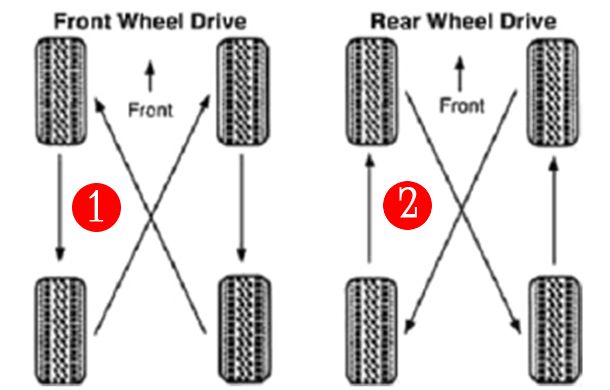
Even though directional tires function better than non-directional ones in certain circumstances, you should always stick to the manufacturer's recommended tire rotation pattern for your vehicle's tires. Three essential factors involved in this pattern are driving dynamics, load capacity, and wear patterns.
This depends on the type of tire you are using. Directional tires require one side to be facing outward, while non-directional tires can be placed either way without causing damage.
If no words or arrows are present on your tire, it is non-directional and should allow for either placement. You should determine if your tires are directional or not since they will often have markings on the sidewall.
According to Tire Buyer, if you put directional tires on the incorrect way, they won't work as they should. For example, directional tires are meant to give you more grip and traction in various weather conditions. However, if they aren't mounted correctly, they won't help you with slippage or hydroplaning situations.
For example, directional tires are meant to give you more grip and traction in various weather conditions. However, if they aren't mounted correctly, they won't help you with slippage or hydroplaning situations.
In addition, putting directional tires on wrong can cause damage and strain to your vehicle. This is because the design is meant to wear in a specific direction, and having them rotate counter-clockwise could severely impact their lifespan and worsen how they handle.
Please do not attempt this with directional tires, as it will lead to irregular wear and tear that can cause your tires to become more prone to damage. If you are unsure how to mount directional tires properly, then the best thing is to have a professional take care of it on your behalf.
It is essential to know what type of tires to put on your vehicle. It will depend on what type of road conditions you will be driving in. You can always have two different sets of tires for different seasons, such as summer and winter.
Overall, remember that directional tires will give you more grip and traction in slippery road conditions and need to be put on a particular way! The best thing to do is consult with a tire expert in your area before making a purchase.
If you like this article, you should also check out:
How To Store Tires on Rims - 4 Steps To Follow
Do Tires Lose Air WIthout The Air Valve Cap?
Do Tires Affect Acceleration, Speed, And Performance?
What is your favorite brand of tire? Leave us a comment below!
The question of choosing a tread comes up very often when buying tires. Some are interested in the appearance of the wheel, for others only the technical characteristics of the wheel are important, there are also those who are trying to find a middle ground between technical performance and stylish attractive appearance.
There are several types of tread - symmetrical and asymmetric, which in turn also come in two types - directional and non-directional.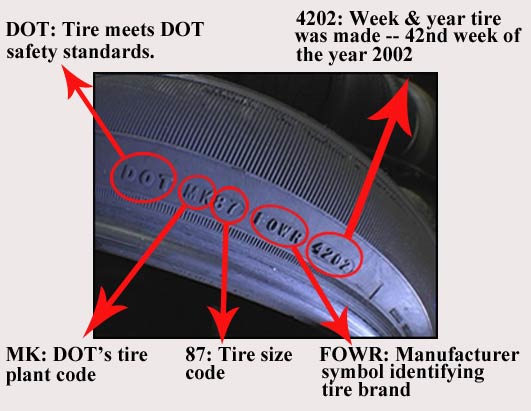
Many vehicle owners are often faced with the choice of how to choose a tire to meet the stated requirements, what are the differences between them and how to install it correctly.
Let's analyze each type of protector in order.
| 1. The classic tread is symmetrical non-directional pattern. These tires have gained great popularity, as they are the golden mean between price and quality. After all, not every driver is so important maneuverability of the car at high speed, most prefer reliable tires with a relatively low cost. In addition to a good ratio, these tires are versatile and easy to replace, since their installation does not depend on the direction of rotation. | |
2. Symmetric directional tread pattern is the most popular pattern. The arrow and the word ROTATION on the sidewall indicate the direction of rotation, and the installation of such tires on the wheel is made in accordance with these requirements.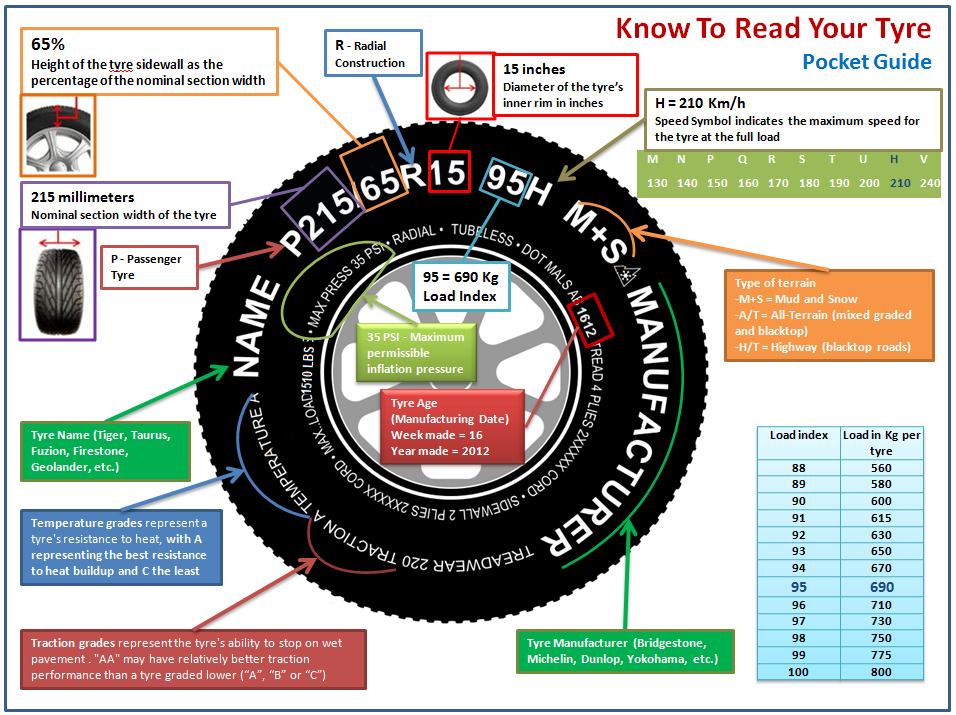 The main advantage of symmetrical directional tires is their excellent hydroplaning resistance, which is very important when driving on wet roads. Wide symmetrically diverging tread grooves contribute to the effective removal of water from the contact patch with the road surface. The best effect is achieved by a rear-wheel drive car. The main advantage of symmetrical directional tires is their excellent hydroplaning resistance, which is very important when driving on wet roads. Wide symmetrically diverging tread grooves contribute to the effective removal of water from the contact patch with the road surface. The best effect is achieved by a rear-wheel drive car. | |
3. The asymmetric non-directional tread pattern has become increasingly common among tire manufacturers and is found mainly in more expensive models. An asymmetric tread pattern allows for improved performance compared to a symmetrical tread pattern. This applies to improved water and snow ejection without compromising other performance. Such rubber has small features, they must be installed according to the designations "Outside" and "Inside", that is, according to the outer and inner sides. Otherwise, you run the risk of lowering its technical characteristics many times over.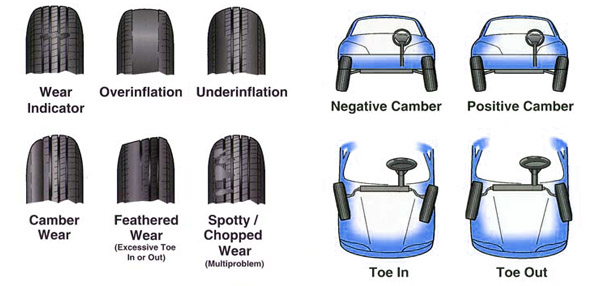 | |
| 4. Asymmetric directional tread pattern. Such tires have the direction of rotation, which is indicated on the sidewall of the wheel with an arrow labeled ROTATION. Are established on wheel disks according to an arrow. An asymmetric directional tread pattern is much less common than an asymmetric non-directional tread pattern. In addition, there are asymmetric tires, in which, in addition to the direction of rotation, the inner (INSIDE) and outer (OUTSIDE) sides are also indicated. They are divided into left (marking L) and right (marking R). You need to be very careful with these tires, as they have much more nuances when installed on a car. |
An illustration of how the tire should be installed, depending on the type of tread pattern.
| What is the XL marking on a tire? XL (Extra Load) - marking on the tire, which literally means "extra load".  This indicates that the tire is designed for more weight than standard rubber.. This indicates that the tire is designed for more weight than standard rubber.. February 23, 2023, 15:32 | |
| What winter tires to buy? Expensive or cheap? To begin with, it is worth knowing the division into classes of car tires. It is useful to know when to buy expensive premium tires, and when to choose cheaper analogues from the economy segment... September 06, 2022, 10:06 | |
| Tires for electric vehicles - which ones to choose? Driving an electric car is different from driving a car with an internal combustion engine. This is felt by both the driver and passengers. For tires, another type of drive is also important. Rubber on.. 09 August 2022, 11:58 | |
| Who are low profile tires suitable for? Car wheels are the first thing that comes to mind in the context of visual tuning.  Not every car will be better after installing a tailgate spoiler. And big.. Not every car will be better after installing a tailgate spoiler. And big.. April 18, 2022, 15:42 | |
| What are UHP (HP) tires? Best choice for summer High Performance and Ultra High Performance tires are becoming increasingly popular all over the world. Our cars are getting faster, more efficient, faster and more confident.. 28 February 2022, 15:06 | |
Introduction
What is the feature of the directional tread pattern?
Advantages and disadvantages of
directional tiresHow to properly install directional tires
Conclusion
When choosing good tires, you often face the problem of not only a huge number of models, but also a variety of tread patterns, which also need to be sorted out.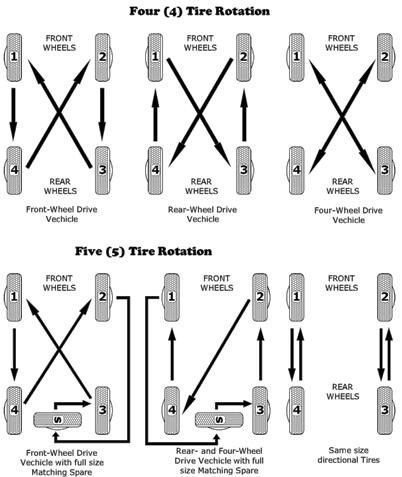 One of the most popular patterns is the traditional directional pattern, which has been used on the tread surface of a wide variety of tires for decades.
One of the most popular patterns is the traditional directional pattern, which has been used on the tread surface of a wide variety of tires for decades.
What are directional tires and why are they still in demand not only among motorists, but also among professional motorcycle racers? In the article, we will reveal all the secrets and technologies of directional tires, as well as show you how to install them correctly. Here, nuances and discoveries await us at every step.
There are four types of car tire tread patterns:
directional symmetrical,
non-directional symmetrical,
non-directional asymmetrical,
directional asymmetric.
Each drawing is designed for its own version of the road and has its own set of advantages. Different tread patterns have different functionality and behavior on the road. When mounting tires on wheels, their own installation principles also work, which will need to be strictly observed so as not to create an emergency. We will talk about them in the corresponding section.
We will talk about them in the corresponding section.
The essence of the directional tread design is clear at a glance: the blocks, ribs and tread grooves of the V-pattern are directional, spinning the wheel in a certain direction. Most often, directional tires are found in winter models, but there are many of them among summer ones. In symmetrical tires, both halves of the directional tread are mirrored, in an asymmetric design, both halves have a different structure and different functionality.
It is necessary to mount the wheels only in the right direction, otherwise all the advantages will come to naught, and at the same time problems with handling and accelerated wear will be added. Excessive strong pressure will accumulate in the center of the working area, due to which the tire will begin to rise above the road and harm traction in how many areas.
The directional tread pattern performs best on wet asphalt trails, as the grooves that widen from the center to the sides are much better at shedding water from the contact surface. This not only improves grip on wet surfaces, but also works in favor of protection against the effect of hydroplaning. This works even better for a rear-wheel drive car - the front wheels will quickly clear the water before the rear axle sets foot on the road. Accordingly, contact with the track in such a car will be much more thorough.
The directional pattern of the winter models excels in raking snow and clearing dirt from the contact surface - ideal for snowy trails in the winter.
On a dry summer surface, they also give the car a couple of advantages - first of all, it concerns directional and lateral stability. For high-speed tires, this is one of the most relevant designs, as directional tires have a positive effect on the reactions of the car at high speed.
However, their driving disadvantage is the increased noise level during active work on asphalt, and the higher the speed, the stronger the rumble. Also, directional tires are more expensive than non-directional tires, but cheaper than asymmetric ones. It is better not to install directional tires if you often drive on dirt roads or are completely forced to drive off-road. They will not show effective work on soft and medium hard surfaces. For rural areas, a tread pattern with a non-directional arrangement of large lugs is better suited. Remember that, being put on disks, wheels with directional rubber can only be changed from the front axle to the rear and vice versa, but not rearranged on the sides. To do this, the tires will have to be disassembled and put as needed.
It is better not to install directional tires if you often drive on dirt roads or are completely forced to drive off-road. They will not show effective work on soft and medium hard surfaces. For rural areas, a tread pattern with a non-directional arrangement of large lugs is better suited. Remember that, being put on disks, wheels with directional rubber can only be changed from the front axle to the rear and vice versa, but not rearranged on the sides. To do this, the tires will have to be disassembled and put as needed.
Although we've talked about directional tires, it's the symmetrical design that's most common. Asymmetric directional pattern is very rare. This is due to the fact that such tires are not only much more difficult and expensive to manufacture, but they have one serious drawback for car owners. Due to the very strict installation scheme for the car, constant difficulties arose with spares - I had to constantly carry two spare wheels with me instead of one, because you never know which tire will be damaged, and you can’t change directional asymmetric tires with sides. In addition, the warehouses constantly accumulated tires for only one side, which are completely useless without a paired wheel.
In addition, the warehouses constantly accumulated tires for only one side, which are completely useless without a paired wheel.
As mentioned above, one of the "secrets" of directional tires is their installation pattern. Simply put, you need to find the inscription Rotation (from the English. "Rotation") with an arrow on the sidewall. It is this marker that is an indicator - in which direction the tire pattern should “look” when installed on a car. If you make a mistake with the direction of rotation and put the rubber against the arrow, then the drainage system will rake in water like a mill, and not discard it, leveling all the advantages of the model, or even exacerbating them. The fact that the tires are installed incorrectly will tell you a sharply increased noise in the cabin.
If for some reason you could not find this marker, then you can do it even easier - pay attention to the tire tread pattern itself. The rubber of the directional design is a kind of "herringbone" that is directed forward. Simply mount the tires so that the tread pattern faces the direction of travel of the vehicle.
Simply mount the tires so that the tread pattern faces the direction of travel of the vehicle.
Rubber with an asymmetric device must only be mounted according to the marking, since each individual side is designed for its own tasks and should never be confused. The correct direction of asymmetric tires will help determine the labels:
Outside, or the outer side of the tire, must face outward.
Inside, or the inner side, respectively, looks inside the car.
Right and left asymmetric tires are much less common. Left (or simply L) will be written on one tire - it means that it must be placed to the left of the body, Right (R) - to the right. You can change them only on one side of the body - front with rear and vice versa.
But much more often, directional tires can be mounted on a rim on either side, the main thing is to follow the direction of the pattern.
And don't forget to balance freshly assembled wheels - tires will never reveal their advantages and characteristics without good balance.